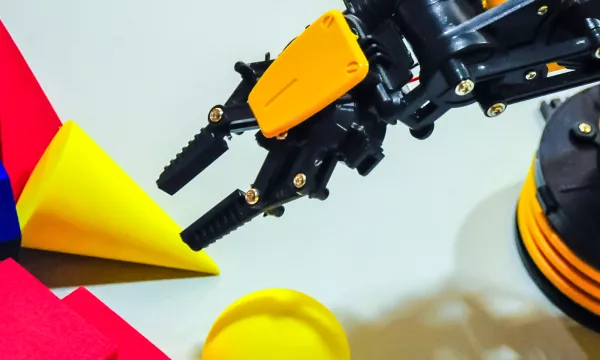
Destination Space - Join the Crew
What does it take to become an astronaut on the International Space Station? Investigate the challenges of living and working in space.
Recommended for: KS2 (7-11)
Partially accessible
Workshop

What does it take to become an astronaut on the International Space Station? Investigate the challenges of living and working in space.
Partially accessible
Workshop